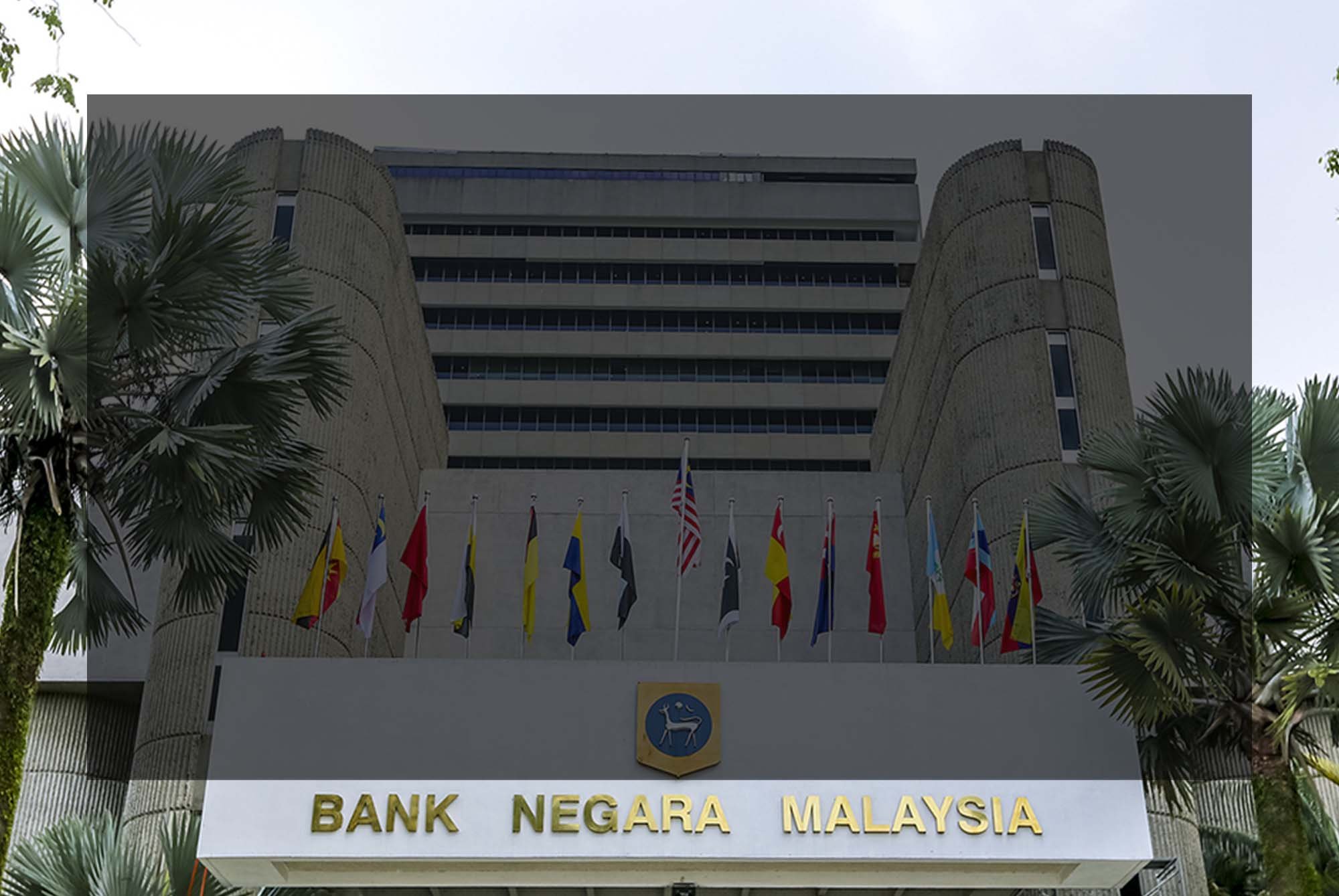Business Continuity Management Policy by Bank Negara Malaysia
On December 19, 2022, Bank Negara Malaysia issued comprehensive Business Continuity Management (BCM) Guidelines, marking a significant milestone in strengthening the resilience and preparedness of financial institutions operating within Malaysia. These guidelines provide a robust framework for managing and mitigating disruptions, ensuring the continuity of critical operations, and safeguarding the interests of customers, stakeholders, and the broader financial system.
The BCM Guidelines address various aspects of business continuity, encompassing policy requirements, governance structures, risk assessment, business impact analysis, recovery strategies, and communication protocols. By adhering to these guidelines, financial institutions can enhance their ability to respond effectively to potential disruptions, including natural disasters, cyber-attacks, technical failures, and other unforeseen events.
Key components of the guidelines include the roles and responsibilities of the board and senior management, the development and implementation of a comprehensive BCM framework, and the establishment of clear procedures for notifying Bank Negara Malaysia of any significant disruptions. These elements are essential for fostering a proactive approach to business continuity and ensuring financial institutions are well-equipped to navigate challenges and maintain operational stability.
In this eBook, we delve into the intricate details of Bank Negara Malaysia's BCM Guidelines, offering a thorough analysis of each section and practical insights into their application. Whether you are a financial institution seeking to bolster your BCM strategies or a professional aiming to deepen your understanding of regulatory requirements, this eBook is an indispensable resource for navigating the complexities of business continuity management in the Malaysian financial sector.
Join us as we explore the critical components of the BCM Guidelines, understand their implications for financial institutions, and uncover best practices for achieving resilience and operational continuity in an ever-evolving landscape.
Table of Content
Part A Requirement 1 to 7
Part B Requirement 8 to 10






















![Register [BL-B-3]*](https://no-cache.hubspot.com/cta/default/3893111/ac6cf073-4cdd-4541-91ed-889f731d5076.png)


![FAQ [BL-B-3]](https://no-cache.hubspot.com/cta/default/3893111/b3824ba1-7aa1-4eb6-bef8-94f57121c5ae.png)

![Email to Sales Team [BCM Institute]](https://no-cache.hubspot.com/cta/default/3893111/3c53daeb-2836-4843-b0e0-645baee2ab9e.png)


